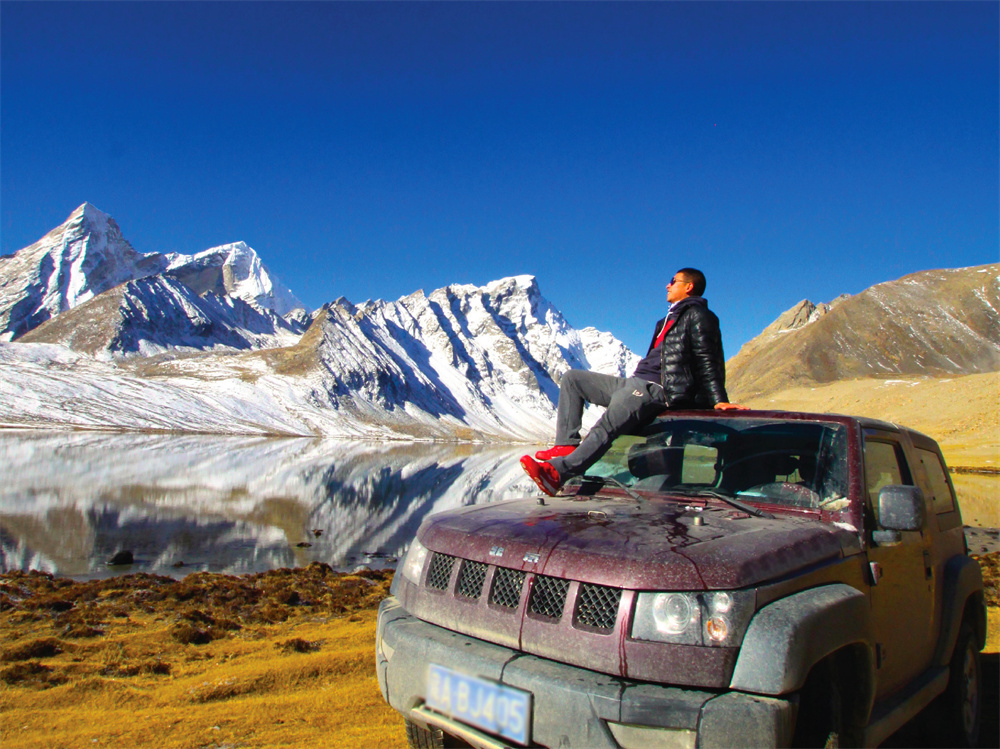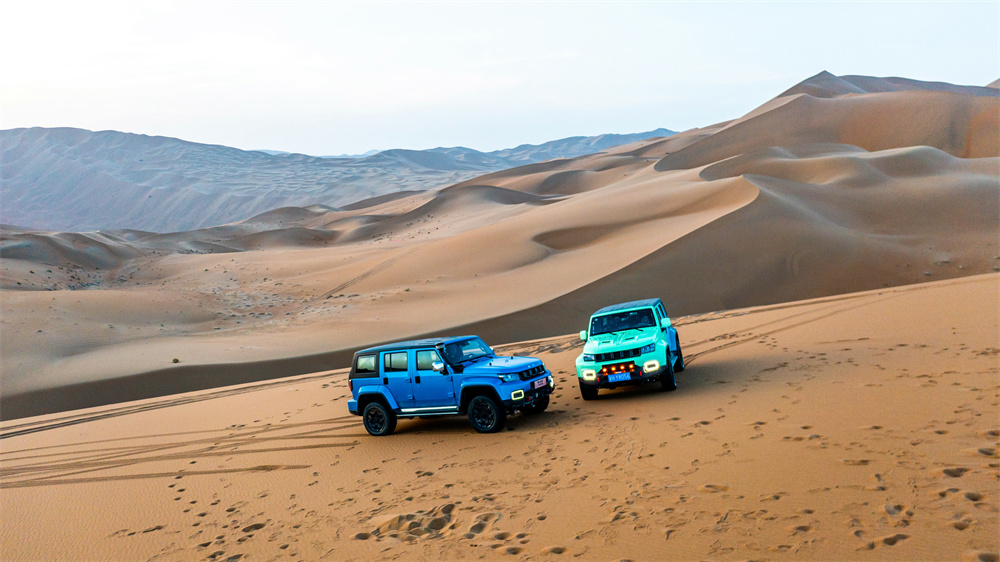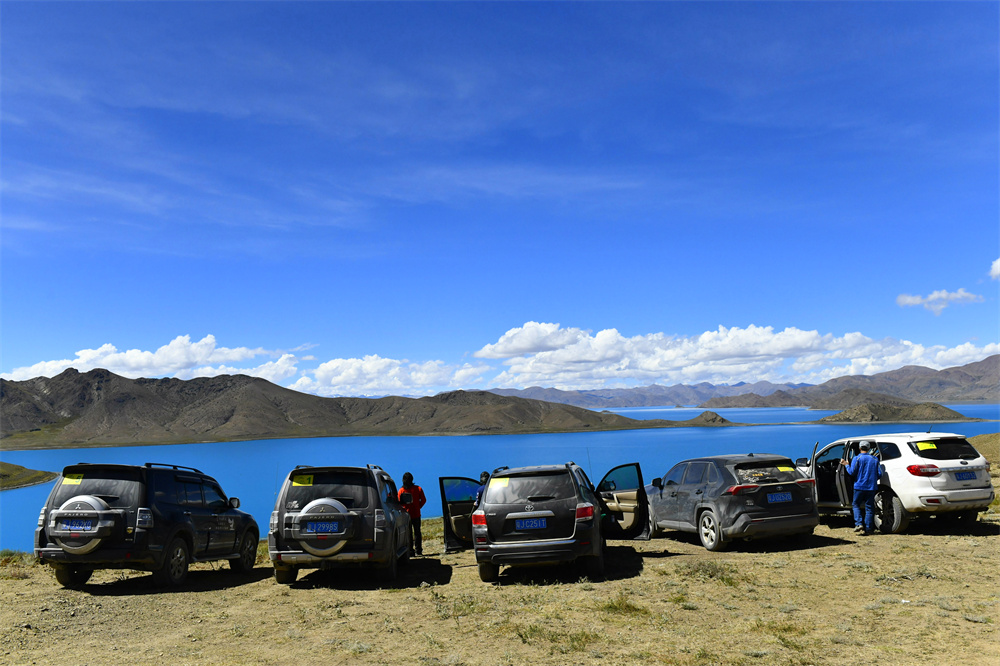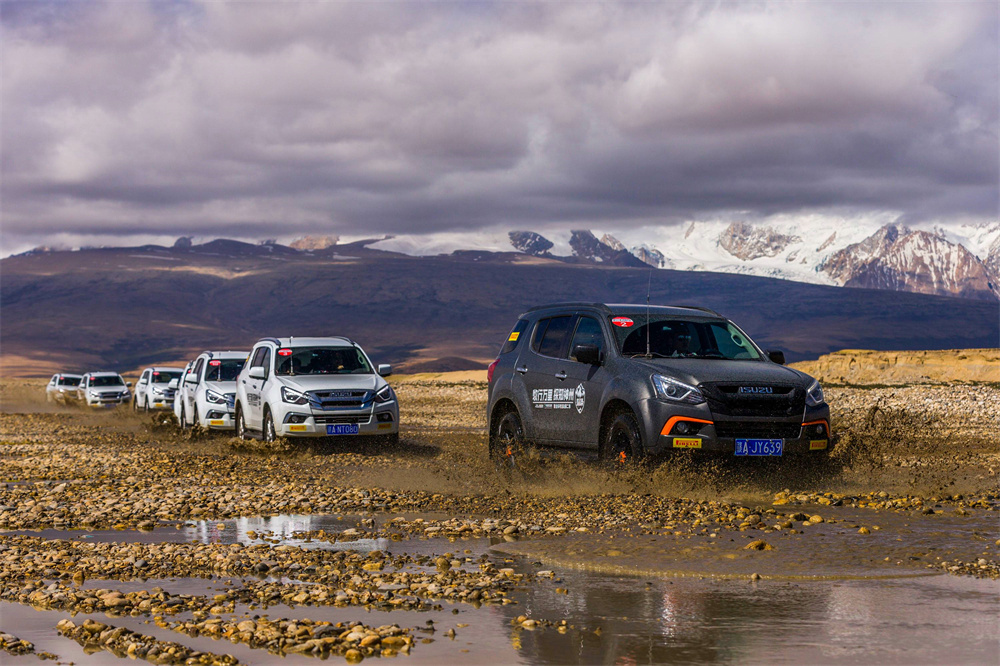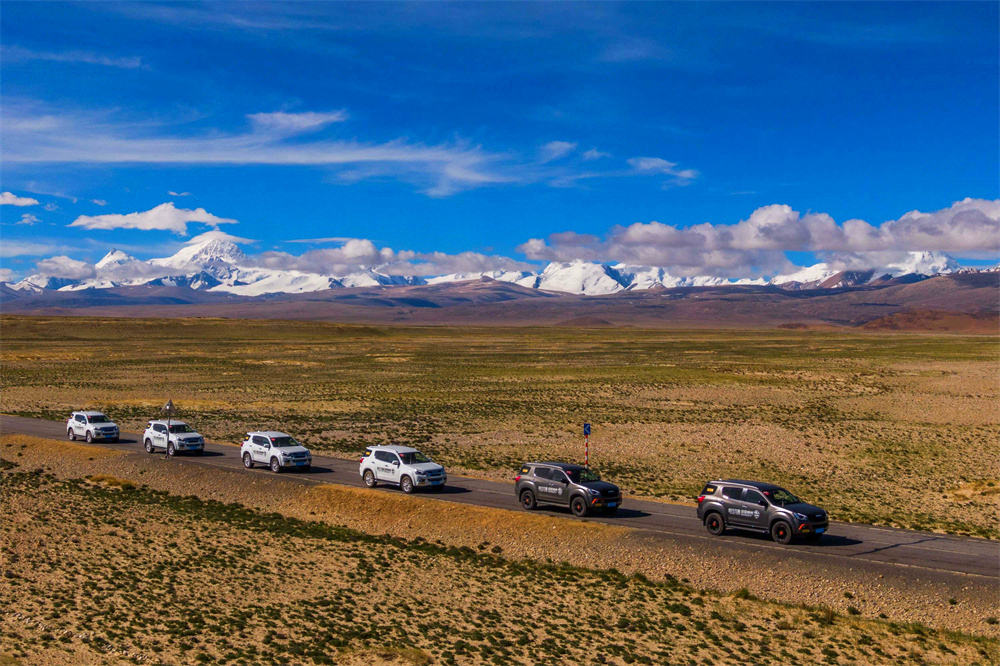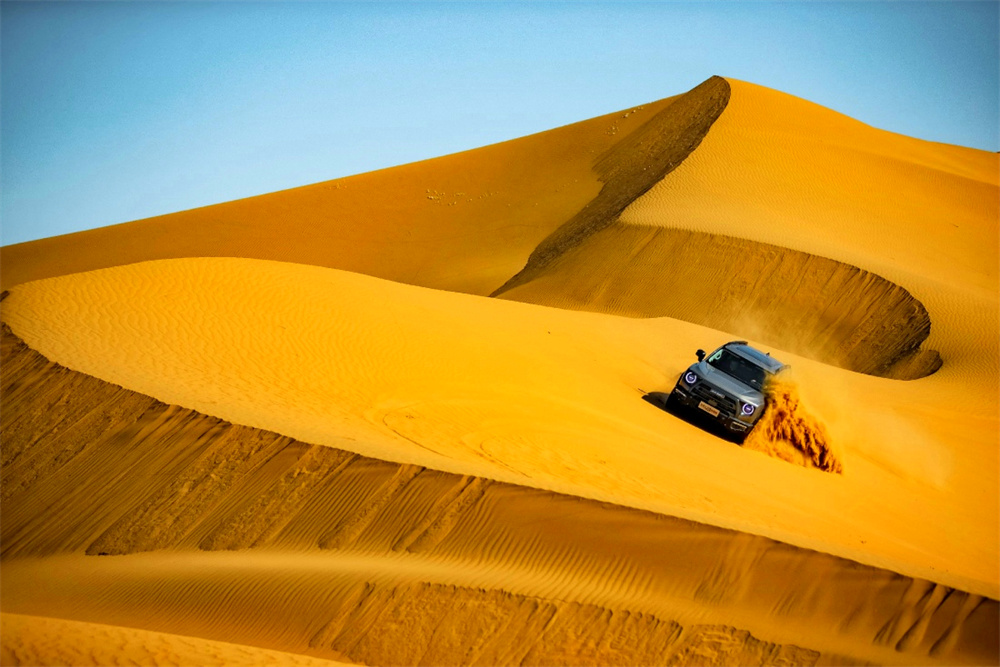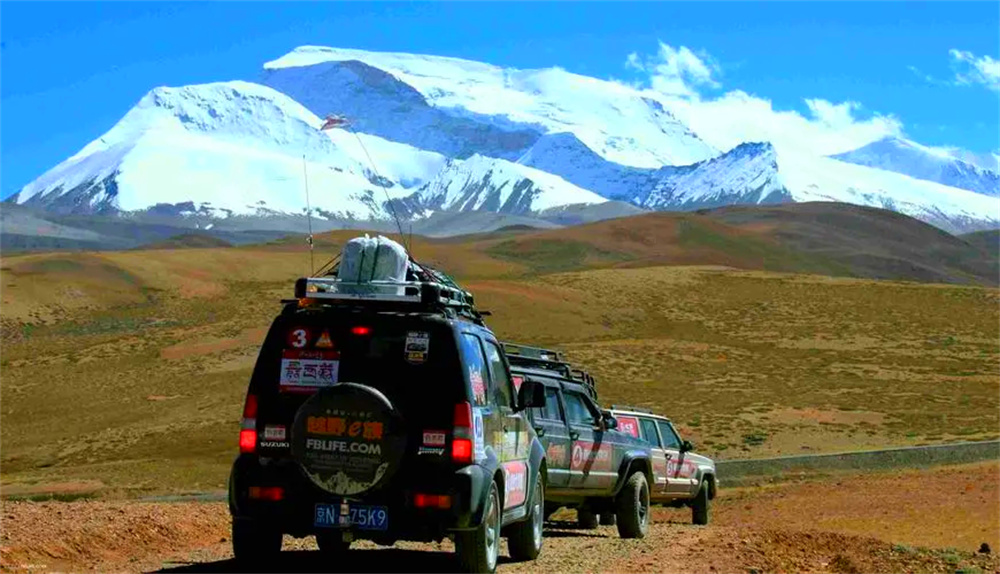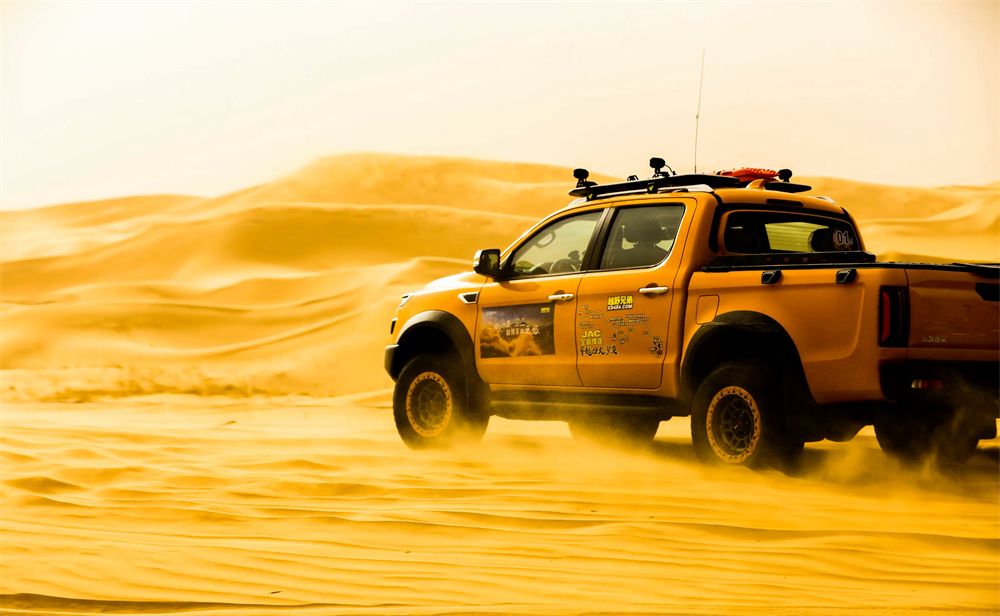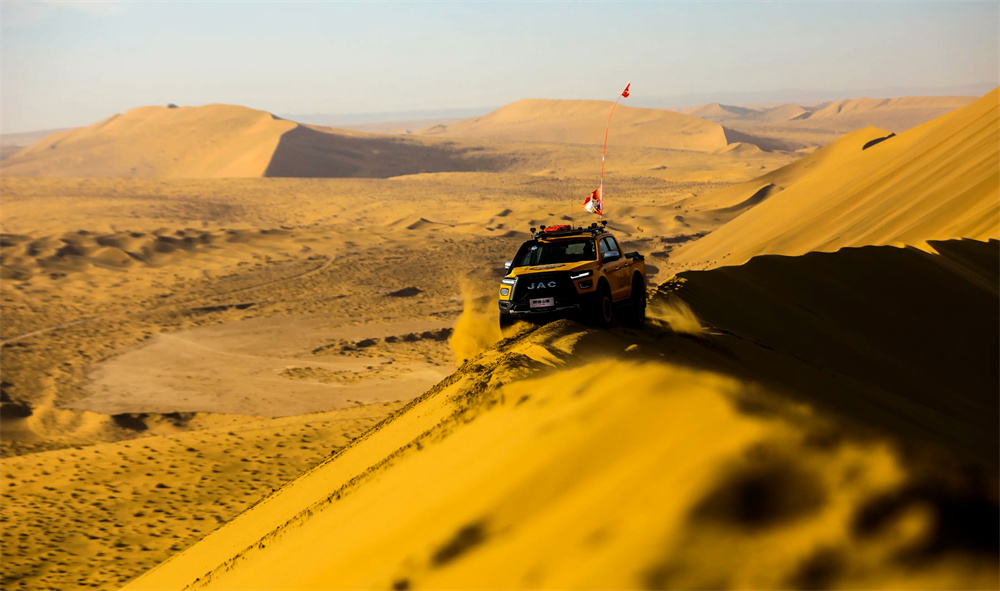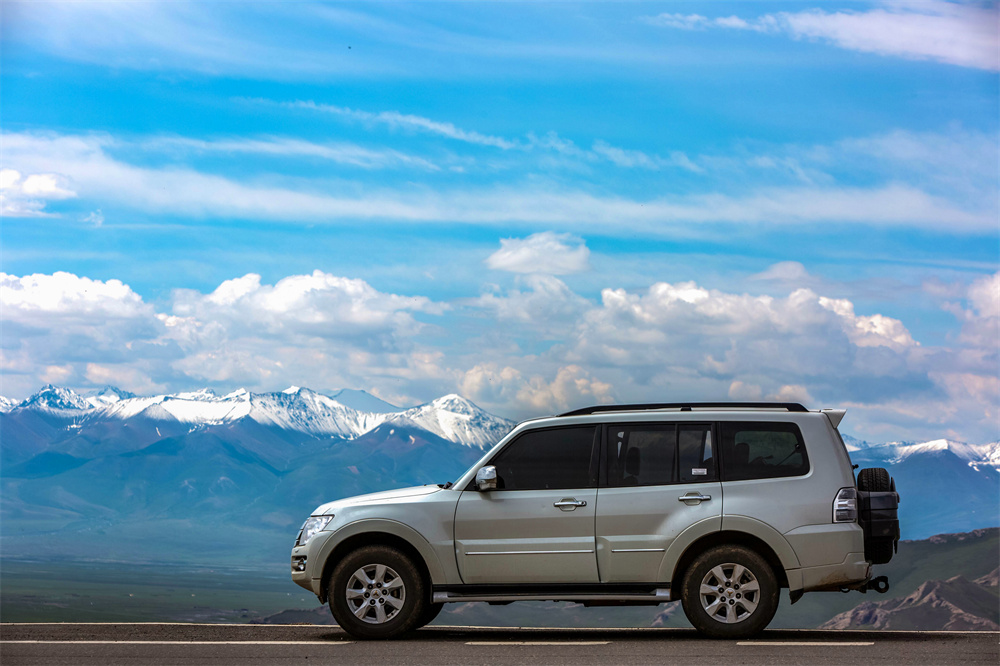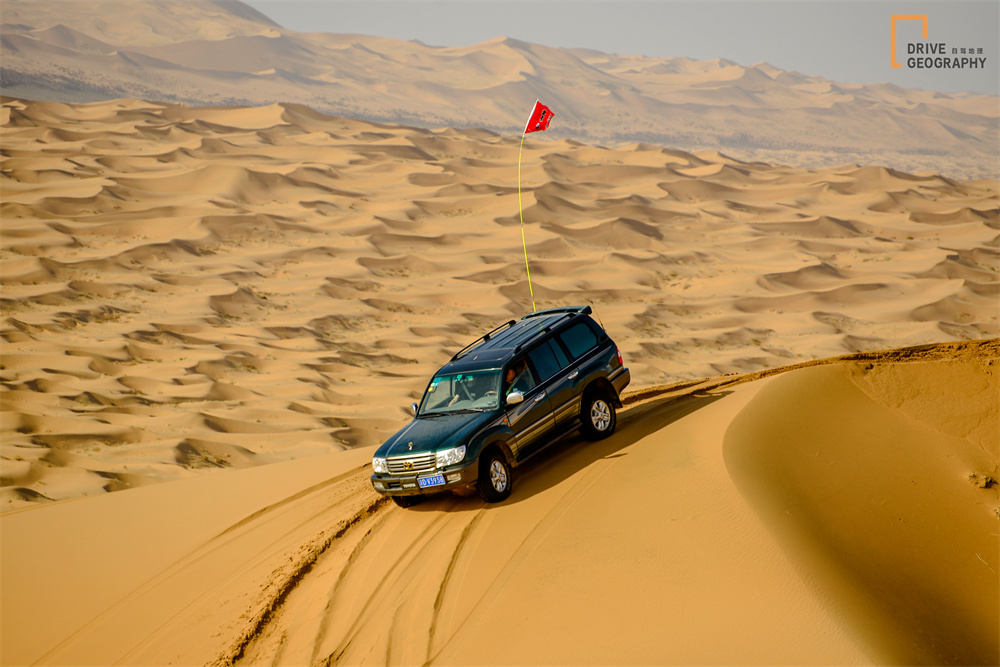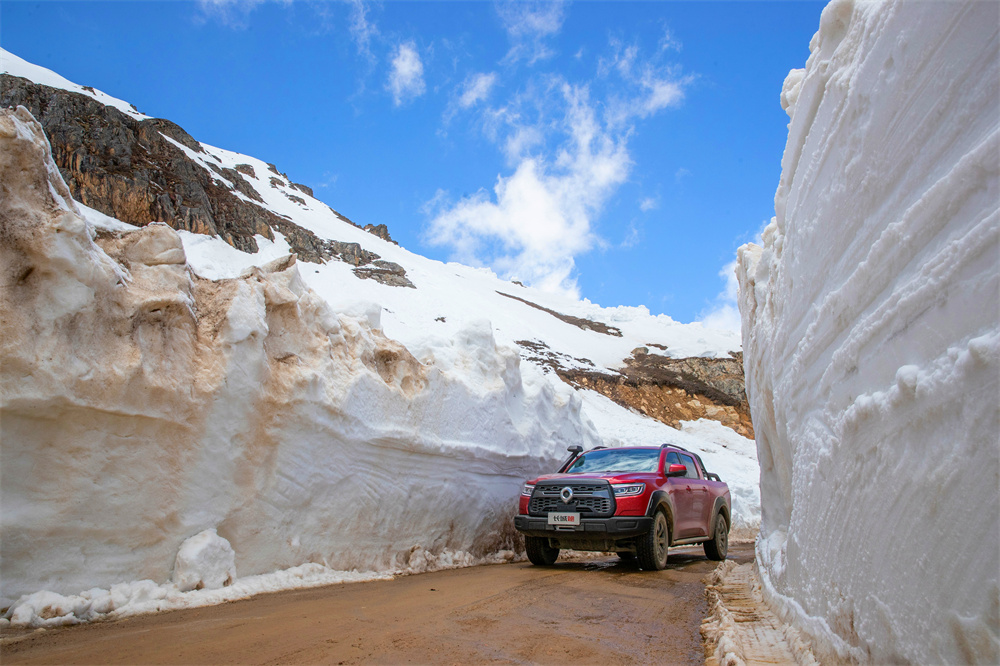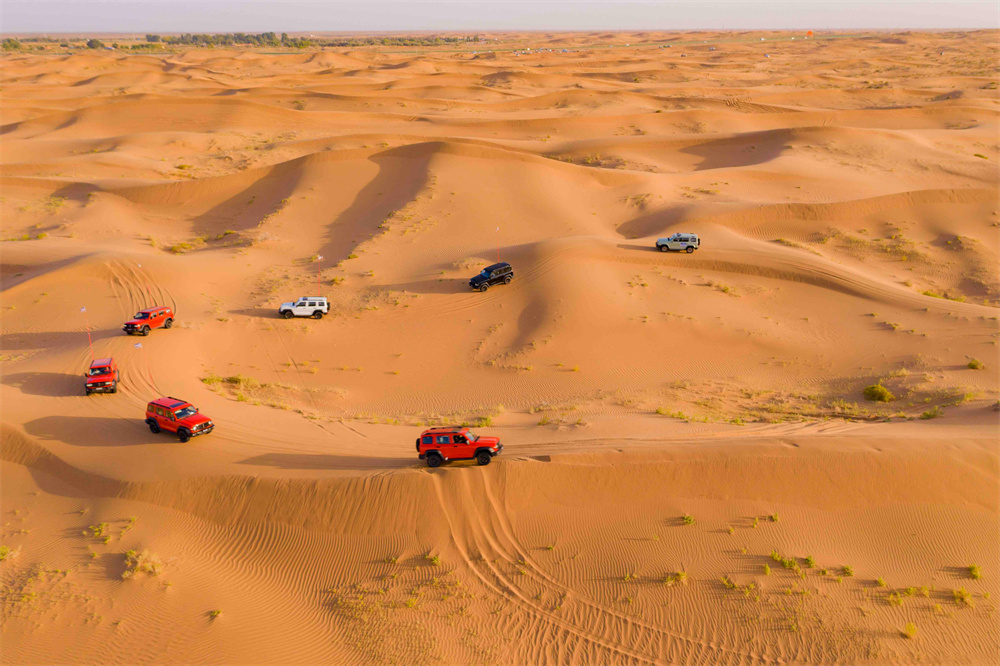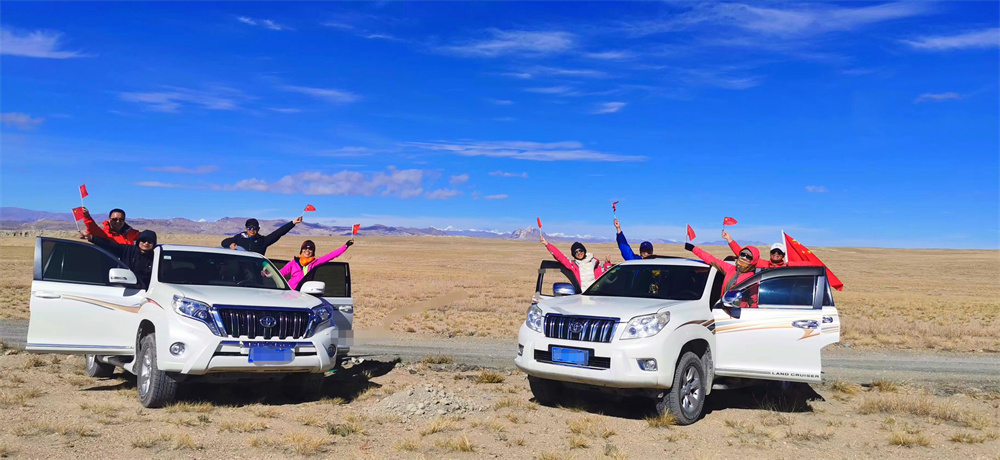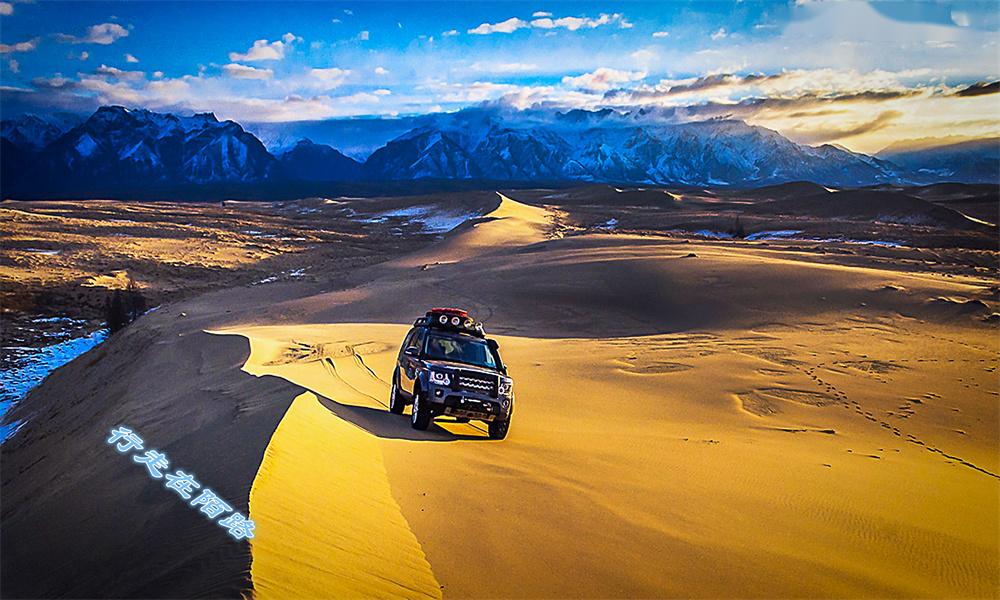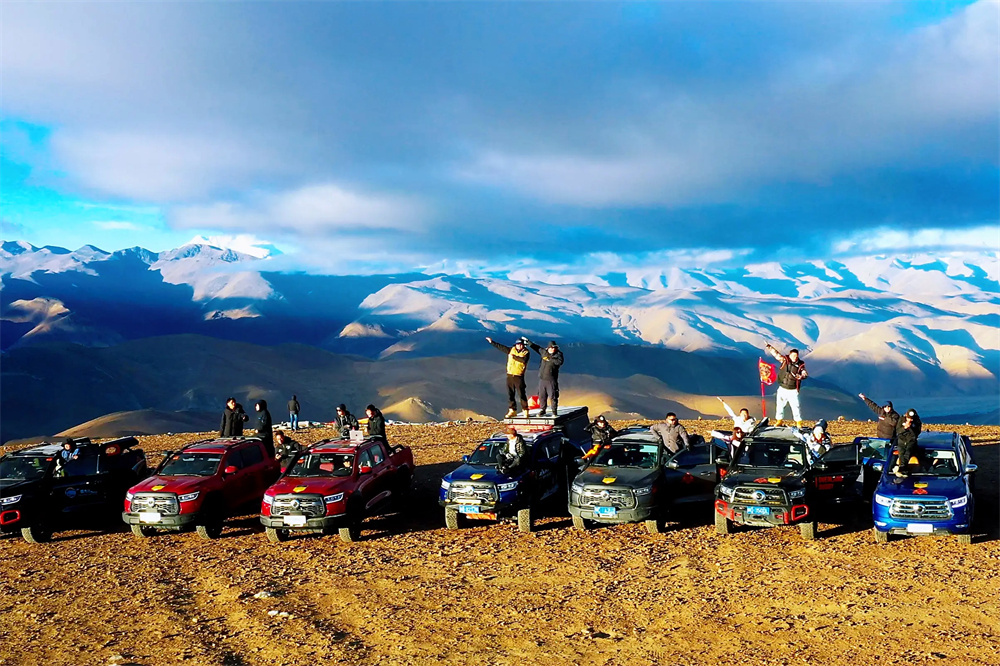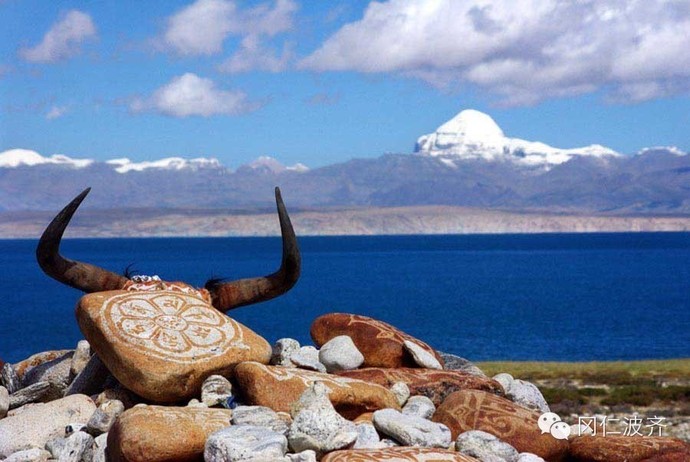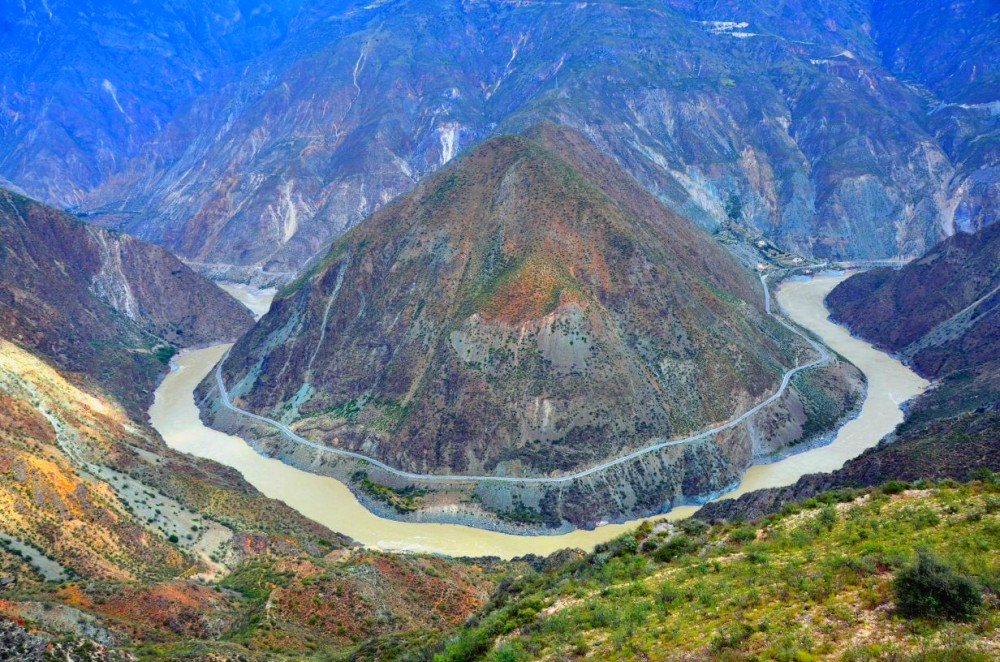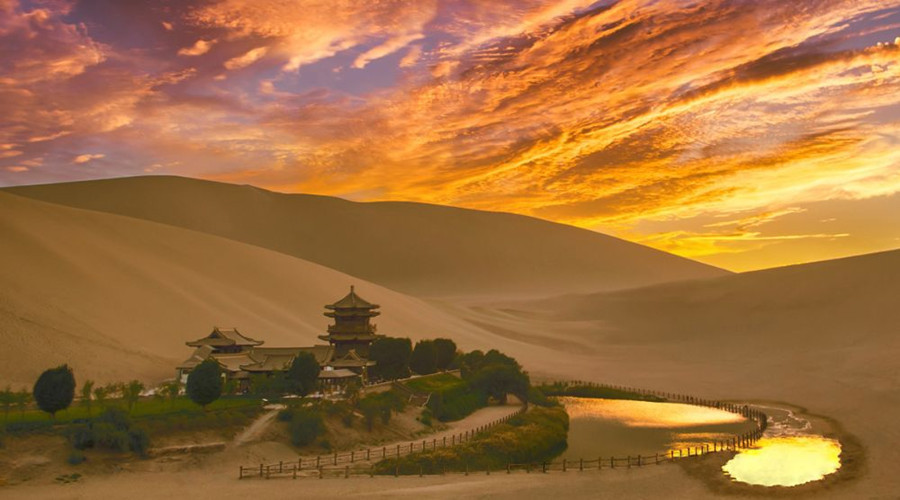12 Days Gansu-Xinjiang Silk Road Self Driving Tour from Lanzhou to Urumqi
| Last Month | Next Month | |||||
|---|---|---|---|---|---|---|
| Sun | Mon | Tue | Wed | Thu | Fri | Sat |
| 30 | 01 | 02 | 03 | 04 | 05 | 06 |
| 07 | 08 | 09 | 10 | 11 | 12 | 13 |
| 14 | 15 | 16 | 17 | 18 | 19 | 20 |
| 21 | 22 | 23 | 24 | 25 | 26 | 27 |
| 28 | 29 | 30 | 31 | 01 | 02 | 03 |
| 04 | 05 | 06 | 07 | 08 | 09 | 10 |
Features
🧭 Tour Overview
Embark on a 12-day, 11-night journey tracing the footsteps of ancient traders along the legendary Silk Road. This springtime adventure begins in Lanzhou and stretches all the way to the heart of Xinjiang, passing through historic towns, majestic deserts, and stunning geological wonders. Along the route, immerse yourself in the diverse cultures, timeless landscapes, and fascinating relics of China’s northwestern frontier. From the rainbow-colored mountains of Zhangye Danxia to the mystical echoes of Mogao Caves and the endless dunes of the Kumtag Desert, each stop tells a vivid story of trade, faith, and exploration.
Whether you're a history enthusiast, culture lover, or photography seeker, this tour offers an unforgettable Silk Road experience blending nature, heritage, and adventure.
Destinations:
Lanzhou (兰州), Wushaoling (乌鞘岭), Wuwei (武威), Zhangye (张掖), Zhangye Danxia (张掖丹霞), Jiayuguan Fortress (嘉峪关城楼), Son of the Earth (大地之子), Infinity Sculpture (无界), Mingsha Mountain & Crescent Spring (鸣沙山月牙泉), Mogao Caves (莫高窟), Yumen Pass (玉门关), Yadan National Geopark (雅丹), Yangguan Pass (阳关), Hami (哈密), Dahuang Road (大海道), Shanshan (鄯善), Kumtag Desert (库木塔格沙漠), Mirage Desert Off-road Area (海市蜃楼沙漠越野区), Flaming Mountains (火焰山), Karez Irrigation System (坎儿井), Jiaohe Ancient City (交河故城), Heavenly Lake of Tianshan (天山天池), Urumqi (乌鲁木齐)
🌟 Tour Highlights
🏯 Historical & Cultural Wonders
Jiayuguan Fortress (嘉峪关城楼) – The westernmost end of the Great Wall, where history meets the Gobi Desert.
Mogao Caves (莫高窟) – Explore over a millennium of Buddhist art and storytelling in one of China’s most sacred cave temple complexes.
Yumen Pass (玉门关) & Yangguan Pass (阳关) – Ancient outposts once critical for travelers heading west into Central Asia.
🌈 Geological & Natural Marvels
Zhangye Danxia Landform (张掖丹霞) – Known as the “Rainbow Mountains,” this colorful geological formation is a photographer’s dream.
Dunhuang Yardang National Geopark (雅丹) – A surreal desert landscape shaped by wind erosion into dramatic sculptures.
Heavenly Lake of Tianshan (天山天池) – A pristine alpine lake set against the backdrop of the snow-capped Tianshan Mountains.
🏜️ Desert & Oasis Adventures
Mingsha Mountain & Crescent Spring (鸣沙山月牙泉) – Ride camels and explore this iconic desert oasis where golden dunes meet a crescent-shaped spring.
Kumtag Desert (库木塔格沙漠) – Experience the raw beauty of shifting sands at the edge of Turpan.
Mirage Desert Off-Road Area (海市蜃楼沙漠越野区) – Engage in a thrilling 4WD desert safari through phantom-like mirage landscapes.
🌿 Silk Road Life & Ethnic Encounters
Karez Irrigation System (坎儿井) – Learn about the ancient underground irrigation that sustained oasis life in Turpan for centuries.
Jiaohe Ancient City (交河故城) – Walk among the ruins of a 2,000-year-old city built entirely from earth, untouched by modern development.
Local Cultural Interactions – Meet the Uyghur, Han, and Hui communities, taste traditional food like hand-pulled noodles and lamb kebabs, and enjoy local music and dance.
🛣️ Scenic Drives & Iconic Routes
Wushaoling Pass (乌鞘岭) – Traverse this ancient gateway between the Loess Plateau and Hexi Corridor.
China National Highways G240 & G245 – Ride along famed desert roads that were once part of the lifeline of the Silk Road.
Day by Day Itinerary

Begin your journey from Lanzhou, known as the “Golden City” bisected by the Yellow River. Travel through the throat of the Hexi Corridor — Wushaoling (乌鞘岭), where the wind carries snow from the Qilian Mountains, transforming the landscape into a vast ink painting.
After crossing mountain ranges, arrive in Wuwei (武威), an ancient Silk Road city once known as Liangzhou (凉州). At Leitai Han Tomb (雷台汉墓), the Bronze Flying Horse (铜奔马) appears poised to soar, symbolizing its rich past.
Continue westward through alternating stretches of desert and oasis until you reach Zhangye (张掖) at dusk. As twilight gilds the city, prepare for a romantic encounter with rainbow-colored Danxia landforms and echoes of history.
Zhangye Danxia National Geological Park (张掖丹霞地貌)
Explore the breathtaking Zhangye Danxia landforms (approx. 2 hours). Entering this geological park feels like stepping into a surreal world of color. Rolling mountains are painted with vivid hues—red, orange, yellow, green, blue, indigo, and violet—interwoven like layers of clouds fallen from the sky. Under the sun, these colorful hills shimmer, showcasing the incredible artistry of nature.
From the viewing platform, gaze out at a majestic natural scroll of rising peaks and shifting tones, an awe-inspiring masterpiece that captivates the soul.
Jiayuguan Fortress (嘉峪关城楼)
Bid farewell to Zhangye and head west to Jiayuguan, known as the "First and Greatest Pass under Heaven" (天下第一雄关). Quietly standing amidst the Gobi Desert, Jiayuguan witnesses the tides of history.
Visit the iconic Jiayuguan Fortress Tower (approx. 2 hours). Climb the tower to journey back to an age of border defenses and beacon fires. Ancient watchtowers and ramparts form a formidable defense system. From atop the fortress, view the preserved ancient structures like the General's Mansion, Well Pavilion, and Wenchang Pavilion—elegantly carved, rich in cultural heritage.
Stretching from the fortress, the walls resemble twin dragons—one heading north toward the Hanging Great Wall of Heishan (黑山悬壁长城), the other south to the First Pier of the Great Wall (天下第一墩). The ancient wooden opera stage at the base of the fortress, with lifelike paintings of the Eight Immortals and couplets expressing life’s joys and sorrows, adds a vivid historical flair.
Whether it's the multicolored Danxia of Zhangye or the majestic Jiayuguan fortress, this journey across the Hexi Corridor offers a stunning blend of nature’s wonders and the grandeur of human civilization.
Son of the Earth (大地之子)
After breakfast, depart from Jiayuguan and head west to the awe-inspiring Son of the Earth sculpture. Amid the barren desert lies a giant infant figure, sleeping peacefully or perhaps deep in thought. The sculpture's rounded form, closed eyes, and faint smile exude tranquility and serenity. Every texture and line is exquisitely rendered, showcasing the artist’s masterful skill.
Blending perfectly with the desert around it, the sculpture represents life born from the earth, bringing vitality and hope to the desolate sands—and reminding us of humanity’s deep connection to nature.
"Borderless" Sculpture (无界)
Not far away is the “Borderless” sculpture, a striking white installation that contrasts sharply with the desert landscape. Resembling a giant frame without boundaries or restraints, it echoes the limitless sky and sands around it. As the breeze flows through, metallic plates ring with a soft melody—an invisible symphony.
Standing within “Borderless,” you feel freed from the constraints of time and space, your thoughts wandering far into the infinite.
Mingsha Mountain & Crescent Lake (鸣沙山月牙泉)
Continue on to the famed Mingsha Mountain and Crescent Lake (approx. 2 hours). From a distance, the golden dunes undulate like a slumbering dragon. Under sunlight, the fine sand gleams with golden light, like glittering foil scattered across the desert.
Climbing Mingsha Mountain, each step in the soft sand feels like a dialogue with history. Nestled in the dunes, Crescent Lake (月牙泉) resembles a jade-green crescent moon in a golden sea of sand. The spring's clear water reflects the sky, clouds, and surrounding dunes. As the breeze stirs the surface, the ripples sparkle like diamonds—a stunning natural wonder.
After breakfast, in the dazzling city of Dunhuang (敦煌), a pearl that has shone on the Silk Road for over a thousand years, the weight of history greets you at every corner. This city resembles a grand historical scroll, each page inscribed with the glories and hardships of bygone eras, quietly telling stories of the convergence of Eastern and Western civilizations.
Visit to Mogao Caves (莫高窟) – Approx. 3 Hours
Without doubt, the Mogao Caves (Mogao Grottoes, 莫高窟) are the most resplendent treasure of Dunhuang. Standing before the cliffside on the eastern slope of Mingsha Mountain (鸣沙山), the dense array of staggered grottoes seems like the very eyes of history gazing back at you. Since the creation of the first cave by monk Lè Zūn (乐僔) in the 2nd year of the Jian Yuan period of Former Qin (366 AD), through the Sixteen Kingdoms, Northern Wei, Western Wei, Northern Zhou, Sui, Tang, Five Dynasties, Song, Western Xia, and Yuan dynasties, countless artisans and painters devoted themselves to this unparalleled Buddhist art treasury.
Inside, over 45,000 square meters of murals shine with brilliance—worlds woven from color and line. There are solemn depictions of the Buddha preaching, surrounded by bodhisattvas and disciples in reverent attention. Vivid narrative paintings tell the story of Buddha’s life—from conception and birth to enlightenment, demon-slaying, and eventual Buddhahood—with exquisite detail, transporting viewers through sacred time. The iconic flying apsaras (飞天) float gracefully across the walls, ribbons fluttering, some playing instruments or scattering flowers—so lifelike, you’d expect them to leap into flight at any moment.
The over 2,400 polychrome clay statues bring further awe. The compassion of Buddha, the gentleness of bodhisattvas, the devotion of disciples, the majesty of heavenly kings, and the might of guardians are all exquisitely sculpted, each statue seemingly possessing its own soul, silently guarding this sacred realm. Standing within the caves, one can almost hear the echoes of history and feel the artists’ devotion to faith and beauty. The Mogao Caves are a timeless palace of art—captivating and unforgettable.
Desert Self-Driving Experience
After the awe-inspiring artistic journey, a thrilling and enchanting self-driving desert adventure begins. Plunging into the boundless desert, your tires kick up golden dust that dances under the sun. The undulating sand dunes resemble giant dragons resting across the land, glittering in the sunlight and contrasted beautifully against a sapphire-blue sky.
Driving through the desert, you’ll encounter fascinating wind-eroded formations—rock sculptures shaped by time and elements. Some resemble fierce warriors, others gentle animals, revealing nature’s uncanny craftsmanship. When you step out of the vehicle and into the sea of sand, the soft, warm grains underfoot feel like a dialogue with the desert. The wind whispers past, composing a symphony unique to this land. The vast expanse stretches beyond sight, evoking both humility and reverence for the grand scale of nature.
Evening in Dunhuang
Returning to Dunhuang, the city comforts weary travelers with its vibrant night life. The bustling Shazhou Night Market (沙洲夜市) comes alive under glittering lights, lined with stalls selling Dunhuang-themed souvenirs—replica murals, camel dolls, colorful scarves—all brimming with local culture.
Aromas of delicious food fill the air: sizzling lamb skewers, sweet and juicy Li Guang apricots (李广杏), and Dunhuang’s signature dish—donkey meat yellow noodles (驴肉黄面)—featuring springy noodles and tender meat seasoned to perfection. Sitting in a small eatery, savoring local flavors while watching the lively crowd, you’ll feel a deep sense of contentment and joy in the embrace of this hospitable city.
After breakfast, journey northwest for about 90 km to reach Yumen Pass (玉门关) – Approx. 2 Hours Visit
This ancient pass, located at the westernmost edge of the Hexi Corridor (河西走廊), stands quietly amidst barren gobi, desert, and meadow. The core of the Yumen Pass site features the ruins of the Xiaofangpan City (小方盘城遗址), with remnants of city walls, beacon towers, and the ancient Great Wall scattered along an east-west line. These ruins seem to whisper tales of ancient glory and desolation. Standing here, you may imagine the caravan processions and camel bells of the Silk Road and feel the ancient melancholy immortalized in the poem:
"Why complain about the willows in the sound of the Qiang flute? The spring wind never crosses Yumen Pass."
— Ancient Chinese Poetry
Explore the Yardang Landform (雅丹地貌) – Approx. 2 Hours
Continue west to the otherworldly Yardang National Geopark (敦煌雅丹国家地质公园). The expansive Yardang formations resemble a medieval ghost city—wind-eroded masterpieces shaped into walls, streets, towers, plazas, churches, and sculptures.
Wandering among them feels like entering a dreamscape, a silent museum of nature's artistry. As the sun sets, the golden rays bathe the surreal landscape in a warm glow. The contrast of golden landforms with blue skies and fluffy clouds creates a stunning and unforgettable panorama.
After this dreamlike experience, return along the same road to Dunhuang, reflecting on the day’s incredible sights with a heart full of wonder and respect for this mystical land.
Depart from Dunhuang (敦煌), the gem of the Silk Road, where echoes of camel bells still seem to linger in the air. The ancient murals of Mogao Caves bear the weight of history, and Mingsha Mountain (鸣沙山) and Crescent Spring (月牙泉) shimmer under the morning light, casting a mystical prelude to your journey.
Visit to Yangguan Pass (阳关) – Approx. 2 Hours
Head south to Yangguan Pass (阳关), renowned for the phrase “Beyond Yangguan, there are no old friends.” The crumbling walls and ruins speak of former prosperity. Standing before this ancient pass, one can almost see the bustling trade routes of the past. In the distance, the snow-capped Qilian Mountains (祁连山) tower above, while the endless gobi desert stretches at your feet, enveloping you in historical solemnity.
Drive along National Highway G240 and Visit Xiaonanhai Lake (小南湖)
Continue along G240 National Highway, a black ribbon winding across the Northwest landscape, connecting majestic vistas along the way. Dunes roll on one side, deserts expand endlessly on the other, with the occasional camelthorn (骆驼刺) swaying in the breeze—small signs of life in the arid land.
As the engine hums and the wind roars past, you’ll feel the freedom and wildness of the open road. This journey, with its poetic landscapes and soul-stirring solitude, brings an unforgettable connection with nature and the ancient Silk Road spirit.
Departing from Hami (哈密), you’ll embark on the S245 National Road, a route where the vast Gobi Desert unfolds endlessly outside the car window. This national road acts like a lifeline connecting Hami with distant lands, guiding travelers toward mysterious destinations.
Soon, you'll enter the territory of the Dahuanghai Trail (大海道), which represents the closest ancient route linking Dunhuang–Hami–Turpan (敦煌–哈密–吐鲁番). Spanning approximately 456 kilometers, this region features desert and Yardang landforms (雅丹地貌), resembling a grand chapter jointly written by nature and history. Dahuanghai is rich in both cultural and natural heritage, including ancient castles, beacon towers, prehistoric human sites, mirages, Yardang formations, and pterosaur fossils, all of which possess significant scientific value.
In ancient times, it was a critical artery connecting the Western Regions and central China during the Han and Tang dynasties. Though now silent, it still radiates a profound sense of mystery.
Continuing from Dahuanghai, you will arrive in Shanshan (鄯善). Shanshan is home to the Kumtag Desert (库木塔格沙漠), the only desert in the world directly connected to a city. Sand dunes and oasis coexist, forming a unique landscape described as “the sand doesn’t advance, the greenery doesn’t retreat, and people don’t relocate.” The delicate sands shimmer under the sun, and the smooth, flowing dunes contrast sharply with the rugged terrain of Dahuanghai—yet are equally enchanting.
Begin your day in Turpan, a shining jewel set along the ancient Silk Road in eastern Xinjiang, celebrated for its unique natural features and deep historical roots.
The first stop is the Karez System (坎儿井), one of the Three Great Ancient Chinese Engineering Projects, alongside the Great Wall and the Grand Canal. Turpan has over 1,100 Karez canals, stretching a total of 5,000 kilometers—like veins beneath the earth that sustain the arid land.
This ingenious system includes vertical shafts, underground tunnels, open canals, and small reservoirs (“flood dams”). During spring and summer, snowmelt and rainwater from the Bogda Mountains (博格达山) in the north and Kara Wu Cheng Mountains (喀拉乌成山) in the west seep underground. Locals skillfully harness the mountain slopes to construct the Karez, channeling this hidden water source into the fields. This method minimizes evaporation and ensures a steady, gravity-fed water supply, forming the foundation of oasis agriculture.
At the Karez Museum, you can observe underground channels, surface canals, and vertical shafts, and learn about the system’s principles and construction, gaining insight into the region’s ecological wisdom.
After visiting the Karez, head to the awe-inspiring Jiaohe Ancient City (交河故城), the largest and best-preserved ancient rammed-earth city in the world. Built in the 2nd century BCE, it was once the capital of the Cheshi Qian Kingdom (车师前国)—serving as both political center and military fortress.
The city is perched atop a yellow earth mesa encircled by two rivers, towering dozens of meters above the riverbanks. A central north-south avenue divides the city: government buildings and residential quarters lie to the east, while religious sites such as the Great Buddha Temple (大佛寺) and two smaller temples rest to the west.
Walking along the main avenue feels like flipping through the pages of history—imagining Zhang Qian, the Silk Road envoy, Protector-General Zheng Ji who safeguarded western China, Princess Liu Xijun who married into the Wusun Kingdom, and Princess Jieyou who later returned to her homeland. Their echoes still seem to drift through the ancient alleys.
However, in 1392 CE, the city was destroyed in a holy war led by the third Khan of the Eastern Chagatai Khanate, Kheidar Khwaja, a descendant of Genghis Khan. A great fire turned the city into ruins—yet the remaining structures still leave visitors awestruck.
Leaving Jiaohe, you’ll travel toward Urumqi (乌鲁木齐)—a distance of about 276 km, mostly on expressways, taking around 3 hours (actual time may vary due to road and weather conditions). Along the way, you’ll pass through Dabancheng District (达坂城区), where stunning views of the Tianshan Mountains (天山) await.
After breakfast, embark on a scenic drive from Urumqi to the Heavenly Lake of Tianshan (Tianchi), a UNESCO World Heritage Site and one of Xinjiang’s most iconic natural wonders. The journey takes you through breathtaking landscapes — rolling grasslands, distant snow-capped peaks, and open blue skies that seem to stretch to eternity. The route itself feels like a moving painting, infused with the essence of the ancient Silk Road.
As we approach Heavenly Lake, nestled at an altitude of about 1,980 meters (6,500 feet) on the northern slope of the Tianshan Mountains, the surroundings begin to transform. Towering spruce trees line the path, the air becomes crisp and refreshing, and then, like a hidden gem, the lake reveals itself. Its sapphire-blue waters glisten under the sun, surrounded by layers of mountains and forests. The majestic Bogda Peak, often capped in snow even in summer, mirrors itself perfectly on the lake’s surface.
You’ll have ample time to explore the scenic area, take photographs, and simply soak in the tranquility. Optional activities may include a short cruise on the lake, a cable car ride to a higher viewpoint, or a light hike along well-maintained trails. Whether admiring the stunning alpine scenery, learning about the lake’s myths and legends, or simply breathing in the pure mountain air, this visit is bound to be a highlight of your trip.
As the day winds down, we begin our return journey. When the sun sets behind the mountains, the lake is bathed in golden light — a farewell spectacle only nature can create. We return to Urumqi for dinner and overnight accommodation.
After breakfast at your hotel, enjoy some leisure time at your own pace — perhaps a final stroll in the city, a quick stop at the International Grand Bazaar, or shopping for souvenirs like dried fruits, handmade carpets, jade, or ethnic crafts.
According to your flight schedule, our team will arrange a timely transfer to Urumqi Diwopu International Airport, ensuring you depart smoothly and comfortably. This concludes your unforgettable Silk Road adventure, filled with cultural treasures, breathtaking landscapes, and memories to last a lifetime.
Related Tours

Price Description


Travel Tips
The climate in the Northwest region is mainly temperate continental, with long hours of sunlight and strong ultraviolet rays. Please bring your own sun umbrella, sun hat, sunscreen, water bottle, and other sun protection items.
Temperatures in the Northwest generally range between 15°C and 35°C, with large temperature differences between day and night. Even in summer, it is recommended to bring two thicker layers of clothing to add as needed; better to be prepared. Because of the significant temperature variation between day and night, pack extra clothing. Always carry some sun protection and wear light-colored, UV-resistant clothing.
The average altitude in the Northwest is about 3,000–4,000 meters. There is generally no need to worry about altitude sickness.
The climate in the Northwest is quite dry, so make sure to replenish fluids, salts, and vitamins in time to keep your body in good condition.
The Northwest is vast, and travel distances between scenic spots are long. Visitors should pay attention to rest and manage their time well to have enough energy for sightseeing activities. Also, wear a pair of comfortable, breathable shoes to avoid troubles during your trip so you can focus fully on the scenery.
One characteristic of the Northwest is that halal meals are common, while Han-style meals are fewer. Please be mentally prepared for the local dietary preferences. Due to natural and developmental conditions, restaurants along scenic routes generally have less developed facilities and food quality compared to inland tourist areas. Northern China’s cuisine tends to be heavier and spicier. However, we will coordinate with restaurants to try to meet different guests’ needs.
Due to slower tourism development, hotels in the Northwest are less developed than those inland in both hardware and software. Lobbies and rooms tend to be smaller and more basic, and hotels should not be compared to inland star-rated hotels.
The Northwest is influenced by religion and has special customs. Please carefully follow the tour guide’s announcements about travel precautions. Do not discuss political issues related to ethnic minorities in any situation, and cooperate with the guide. In Muslim areas, some halal restaurants do not allow alcohol consumption (including areas with Hui, Uyghur, Kazakh, and other ethnic groups). Please respect local customs.
(1) Avoid eating pork, dog, mule, and other non-ruminant animal meat, as well as any blood or carrion.
(2) Smoking, drinking alcohol, and photography are prohibited inside mosques and prayer halls.
(3) Avoid talking about “pigs” in Hui ethnic gathering places or halal restaurants.Entertainment activities within scenic areas are an essential part of the experience in the Northwest. They provide a perfect way for city dwellers to relax, strengthen their willpower, and enjoy magical experiences.
Tourists should prepare physically and bring common medicines such as cold medicine, anti-diarrhea medicine, aspirin, band-aids, and medicated oils.


 Tours
Tours
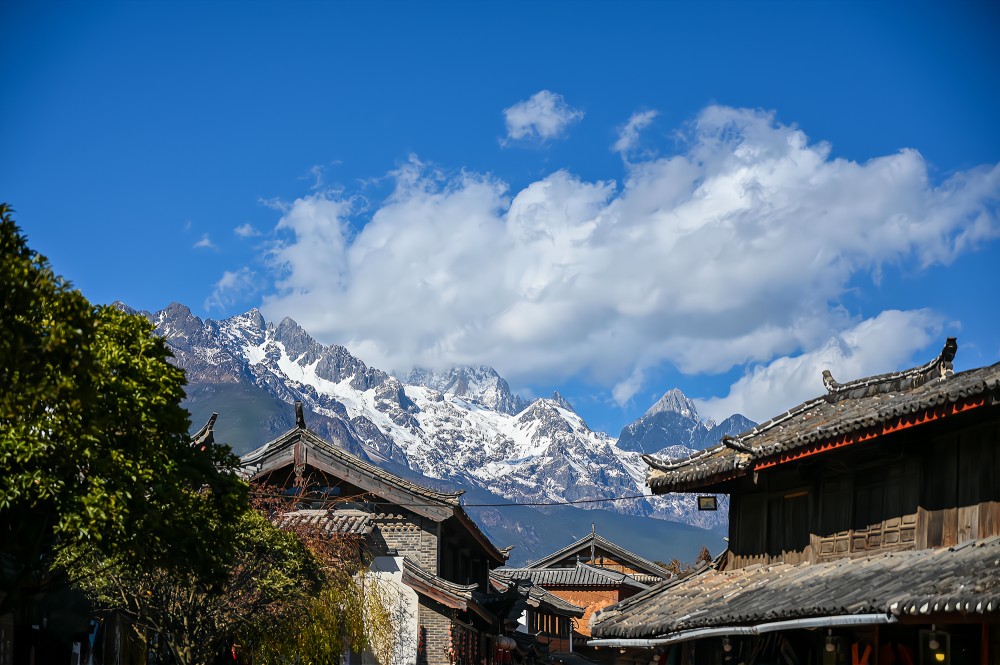
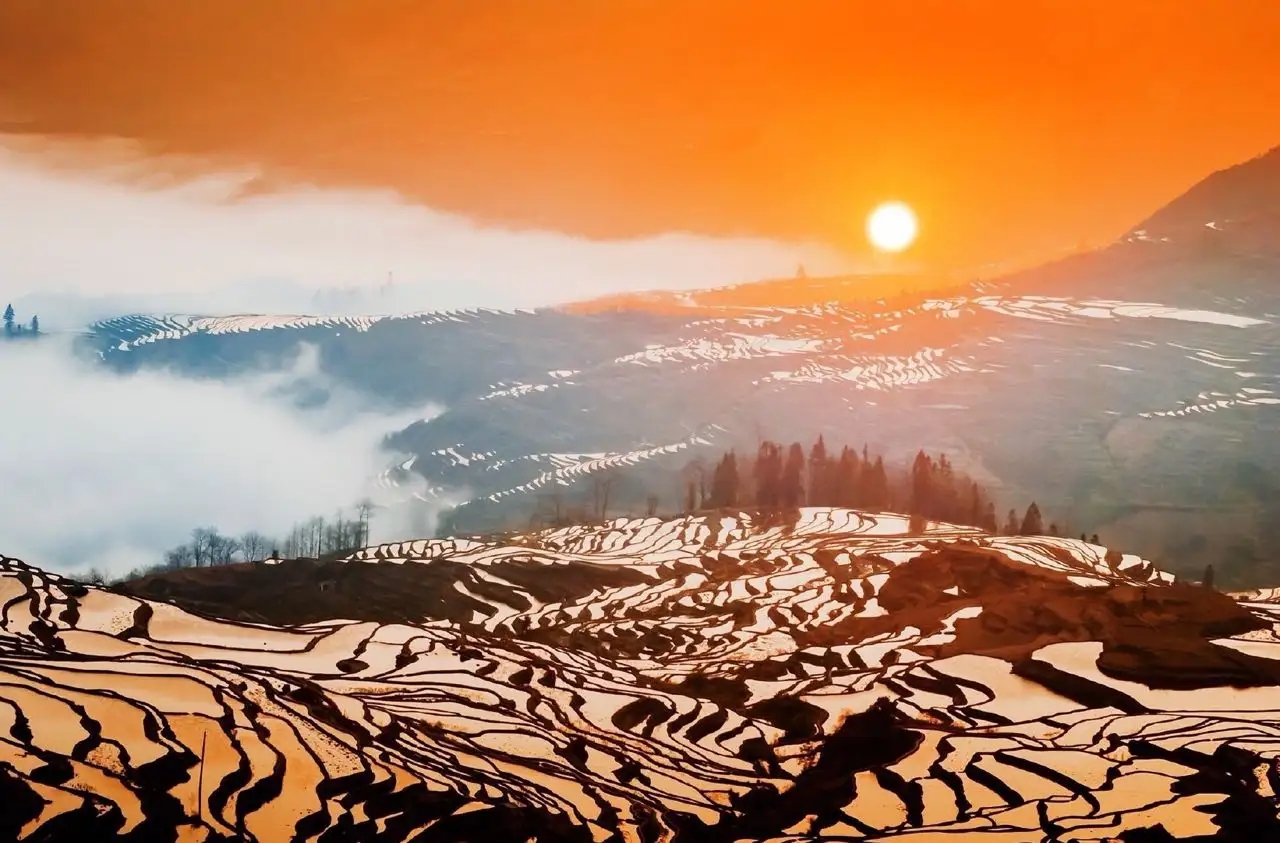
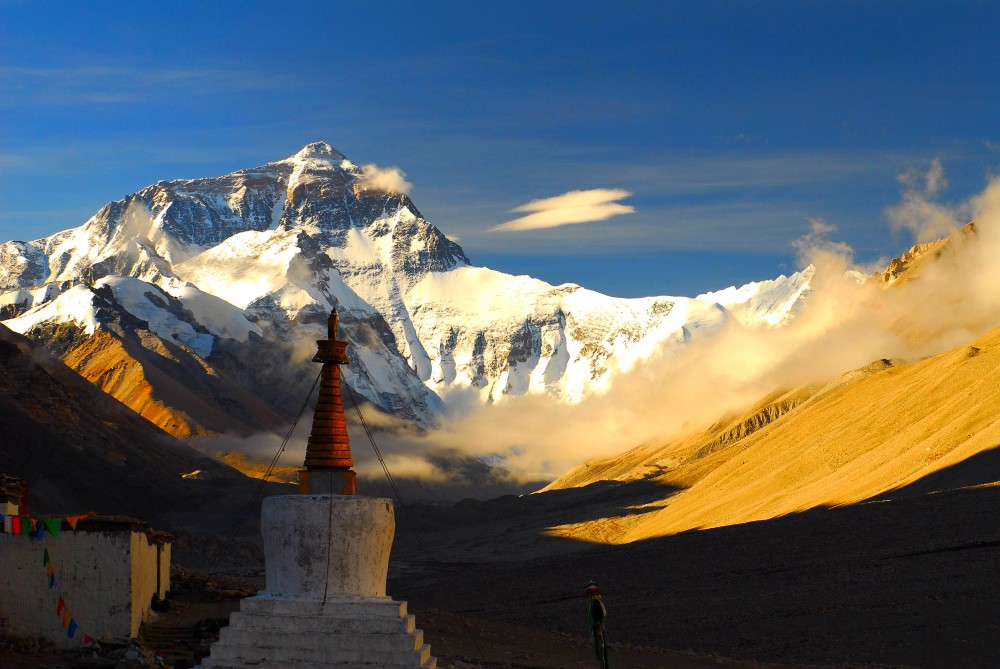
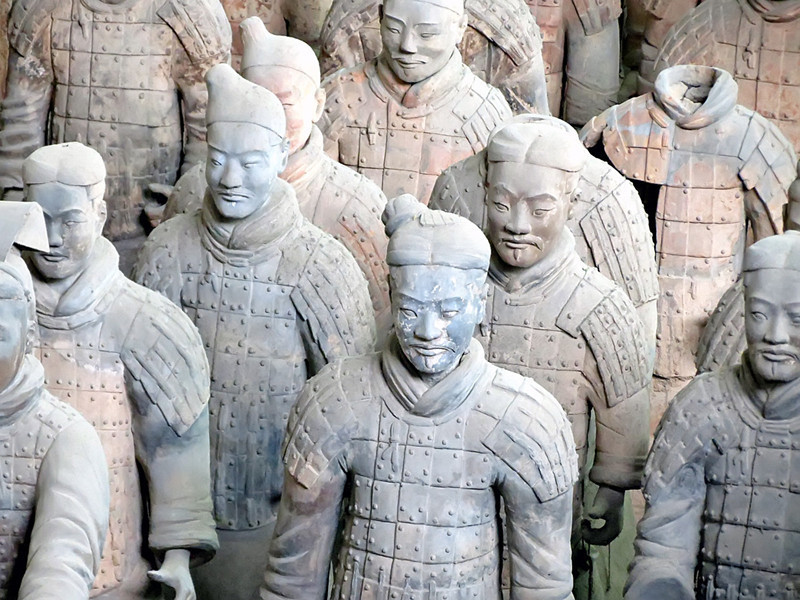

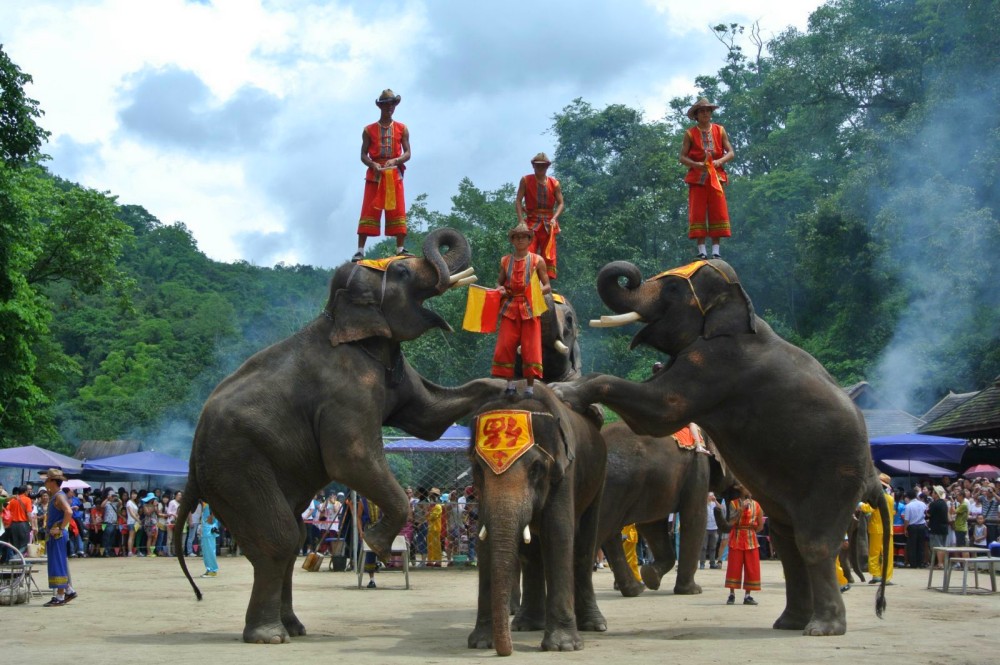
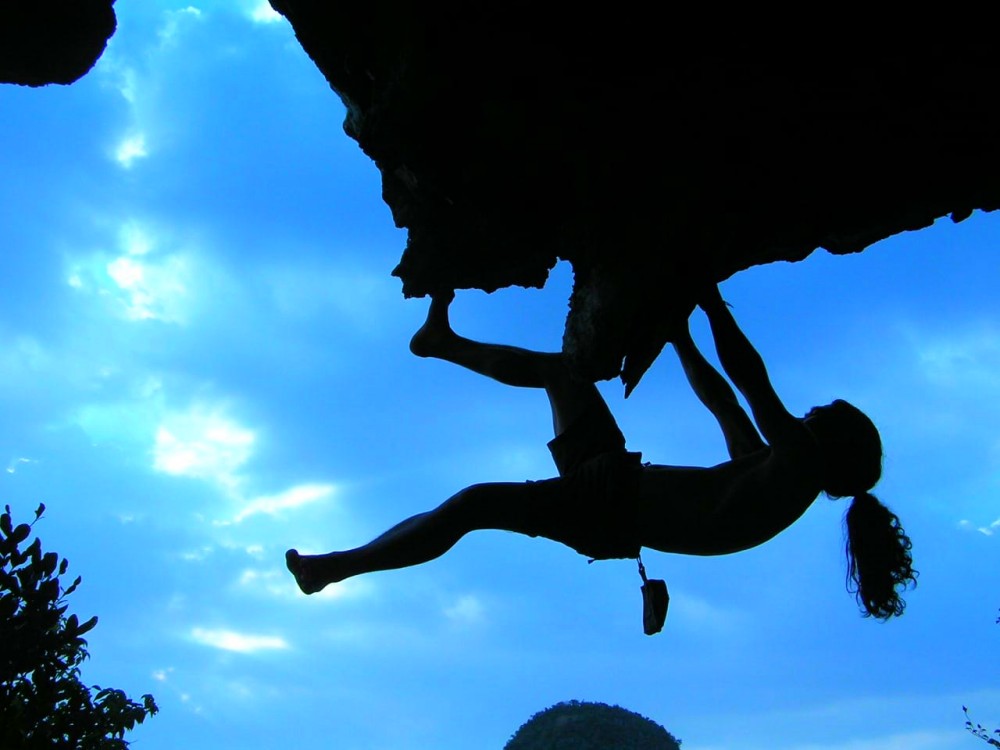
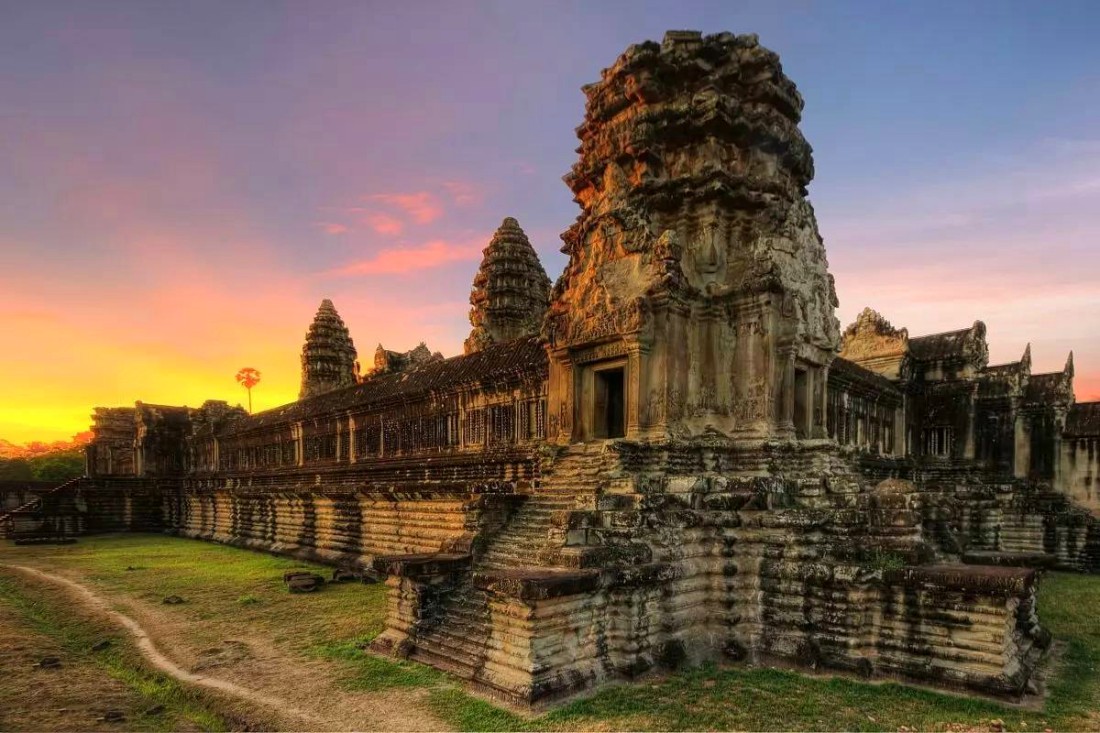
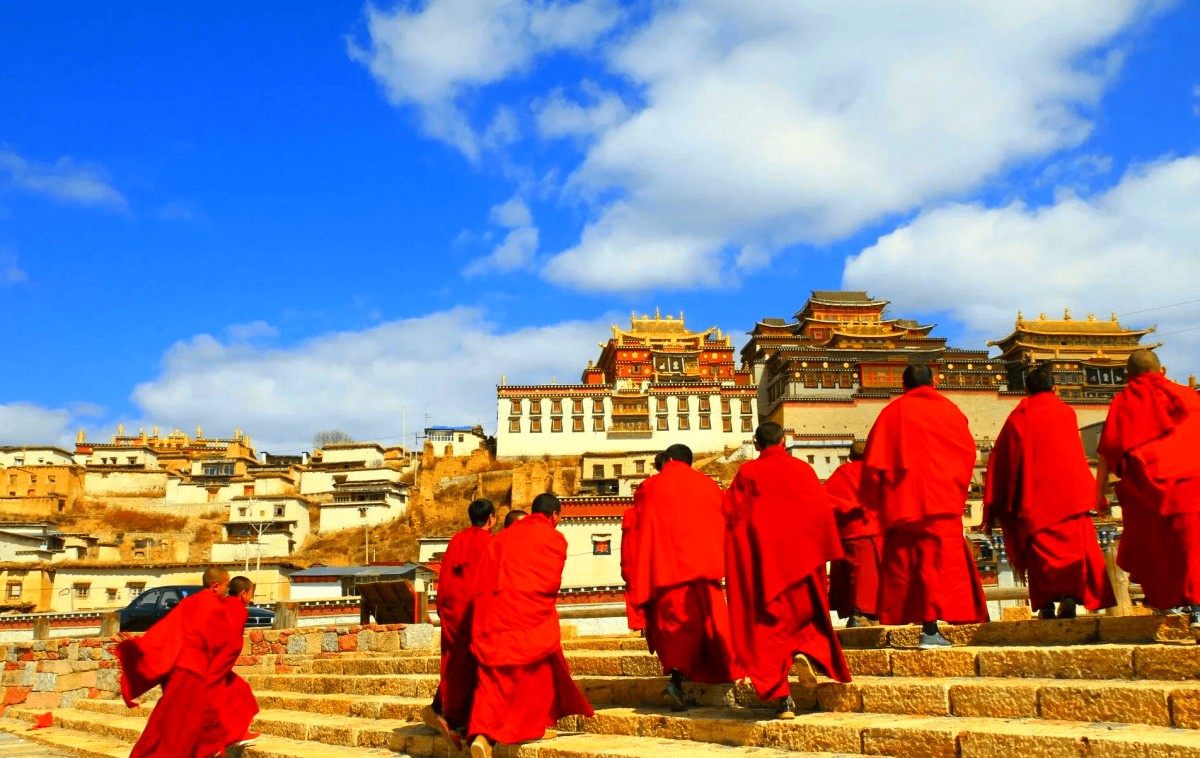

 Destinations
Destinations Attractions
Attractions Golf
Golf Customize
Customize About Us
About Us Contact
Contact





